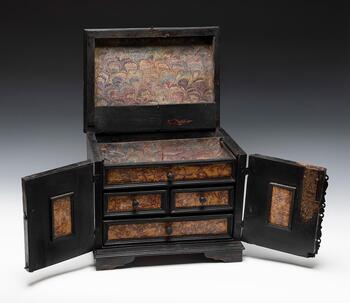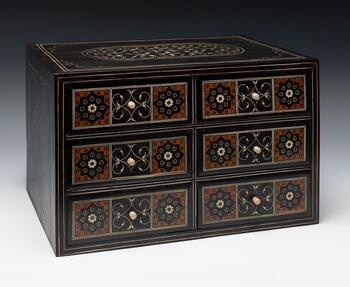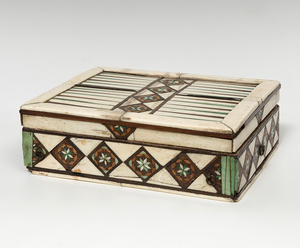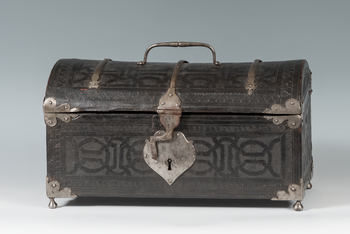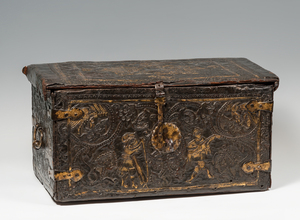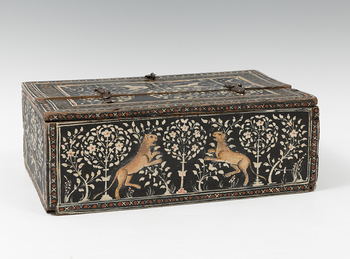Chests: Treasures in themselves.
How do we imagine a house in 16th or 17th century Spain? Would it really be like we see in movies or novels? Unconsciously, we are engraved with the splendor and luxury of the palaces of the monarchs, full of paintings and precious objects or, on the contrary, the precarious and decadent aspect of the humble. The reality of the time seems to be far from what the collective imagination has created. Thanks to documents such as the valuations of the auctions or the appraisals of the wills we can check how the houses were.

The household furnishings consisted of few pieces of furniture and it was not until the eighteenth century when they began to diversify with a concrete and specific use. The houses used to have whitewashed walls with mud floors and covered with vegetable mats. This austere environment was occupied with furniture that was equally robust and even versatile in the sense that it could be used for several rooms or be transported with its owner. The bargueños, for example, also had a portable character, which is why they usually have handles on their sides. The monastic and sober aspect of the interiors could be broken with some luxury objects, such as mirrors, paintings and small chests.
Chests and chests were used as the perfect place to treasure jewelry, documents or those elements of value of the owner. The importance of their content was also often reflected on the exterior, and for this reason they were profusely decorated with marquetry of exotic woods, stones, bone or ivory, were polychromed with vegetal designs or scenes, and usually had silver bronze or gilded iron fittings. The outstanding and luxurious appearance contrasted with the austere spaces and made them even more striking.
As we have already pointed out, these small artisan feats had a special portable character to the point of being a good imported from the farthest corners of the world. The Spanish case also included the examples of its European neighbors and those of its overseas territories in the Americas and the Orient. These pieces were especially appreciated in the peninsula for their style, which is typical of local traditions and tastes. Two such examples will be auctioned on September 28.
The first of the works is a chest from the Viceroyalty of Peru made with a wooden core on which embossed leather has been applied, creating reliefs that are enhanced with gold. The naive yet elaborate look is reminiscent of the pre-Hispanic heritage of its artisans.
From the Portuguese colonies in India, such as Goa, comes the following piece, a chest made of wood with a polychrome following the aesthetics of the Mughal period. This piece gathers oriental influences, whether from the Islamic world through Persian traditions or from the Indian culture. The refinement of this type of objects turned them into pieces of great luxury for European collectors. The journeys they had to make to the cities of the Old World attest to the importance and value attached to them. Today this interest has not changed, art and history enthusiasts have always been able to appreciate chests and caskets, beyond the jewels and riches they protected inside, these portable works of art are in themselves a treasure.

